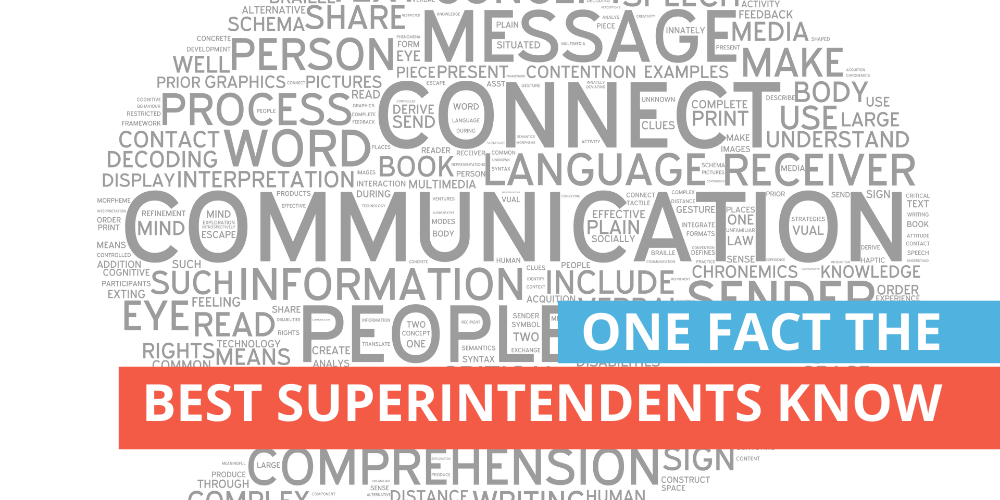It’s hard to be effective with your communication until you’ve walked a mile in the shoes of your audience. At the very least, a survey to gauge the audience’s thoughts and feelings surrounding the topics at hand is essential. Consequently, we at Allerton Hill Communications recommend school districts conduct a professional community survey every three to five years.
There are a variety of factors to consider when issuing a survey, including sample size, the tool for administering the survey, and of course, how the questions themselves are crafted.
Importance of a Survey
It’s no secret that communications are more effective when driven by data. Let’s face it, we all believe we know our community well; but when it comes down to it, we often talk to the same five or six people creating an echo chamber inside our minds of those we interact with most.
The goal of a survey is to understand what is important to the community at large and direct priorities and communication accordingly. This starts with the following considerations:
- What do you need to know?
- Who do you need to hear from?
- How are you going to use the data?
Once you are armed with this information, you’re ready to determine the type of survey you want to use.
Survey Types
There are several types of surveys, and of course, each comes with its own list of pros and cons.

Internet or Mail Survey
Conducting an internet or by mail poll likely only captures those with a vested interest in the questions or topics. Generally, these types of surveys only work well for captive audiences in which there is a comprehensive list of email addresses for the entire universe being studied – like a trade association – from which to randomly select respondents.
Additionally, this type of survey is not a representative sample of the community (more on survey validity later). Internet or mail surveys typically provide more anecdotal data since responses are coming from those who have in effect “opted in” to respond to the survey.

Professional Survey
With a professional survey, community members are randomly selected. This helps avoid over and under sampling the community. Additionally, pollsters who are trained to give surveys are backed with the knowledge of how to get valuable, actionable – and most importantly – unbiased feedback. Combine these and you get results that are representative of your population and that more accurately drive decision-making for priorities and communication.
Survey Validity
The last step to conducting a successful survey is ensuring validity. Selecting your survey sample at random and surveying enough people to be reflective of the community at large are two key factors. Other things to reflect on include climate and timing.
Communication in any field is important. In the realm of public schools, communication is essential. Surveying your community is a targeted approach to determining the wants and needs of your population. With this information, communication can be more intentional and effective.


